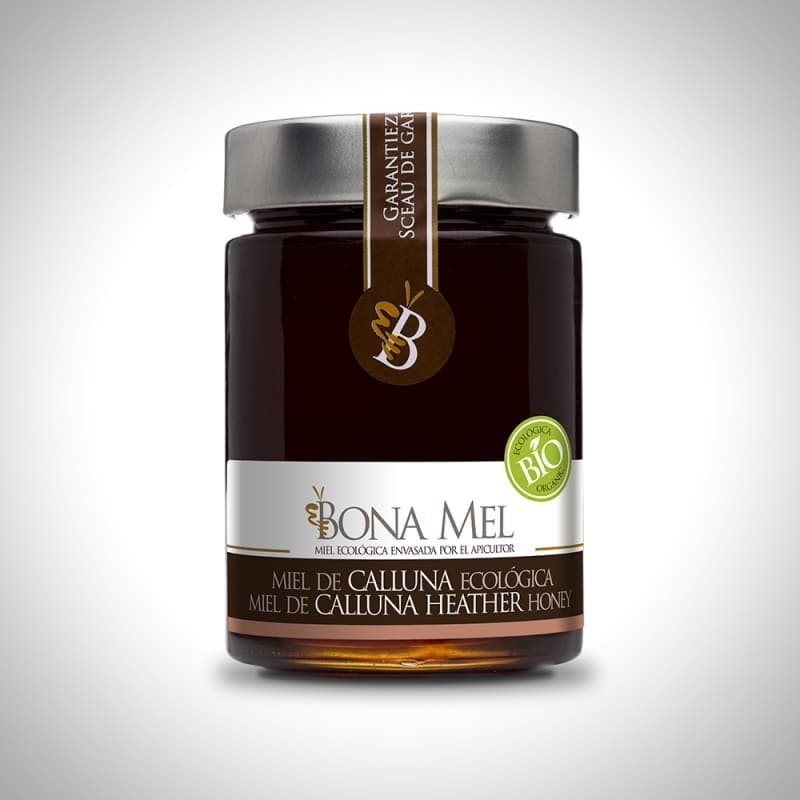The blooming of the calluna in summer in Switzerland marks the beginning of an unusual migration
For a few weeks in summer, the hills undergo an amazing transformation. They turn purple because that’s when the caluna plant blooms, they say in a National Geographic video.
This colorful spectacle is the source of one of Scotland’s most expensive foods.
The flowering calluna is found on the vast plains that stretch from the Highlands to the southern Uplands. In one corner of the country, in East Lothian, small white outlines appear in the grass in this short period of 3-4 weeks. These are hives.
The blooming of the calluna in summer marks the beginning of an unusual migration.
Honey producers bring their bees here to feed on the purple flowers.
This unique nectar creates one of the rarest and most expensive types of honey in Europe.
It is sold for 23 euros per kilogram.
Note: Calluna vulgaris, common heather, ling, or simply heather, is the sole species in the genus Calluna in the flowering plant family Ericaceae. It is a low-growing evergreen shrub growing to 20 to 50 centimetres (8 to 20 in) tall, or rarely to 1 metre (40 in) and taller, and is found widely in Europe and Asia Minor on acidic soils in open sunny situations and in moderate shade. It is the dominant plant in most heathland and moorland in Europe, and in some bog vegetation and acidic pine and oak woodland. It is tolerant of grazing and regenerates following occasional burning, and is often managed in nature reserves and grouse moors by sheep or cattle grazing, and also by light burning.
Source: National Geographic









